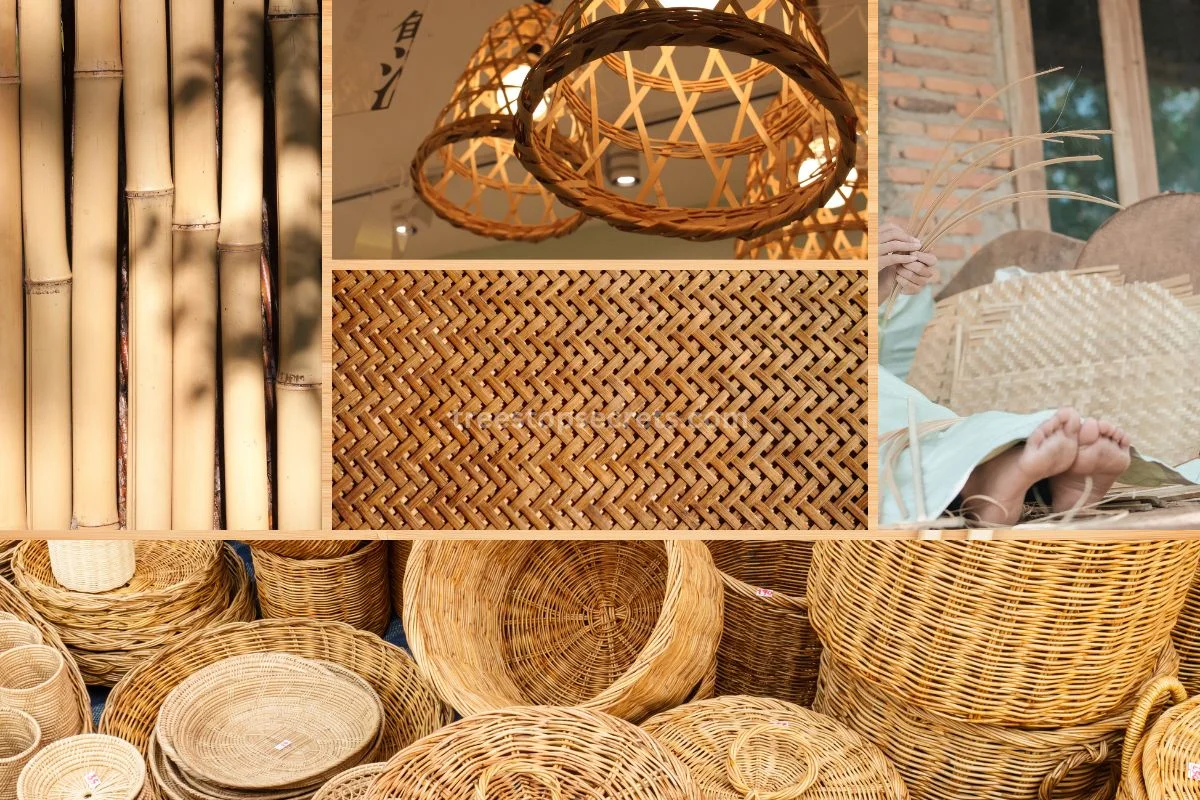Bamboo, an amazing plant and lignocellulosic biomass, has played a pivotal role in various cultures for centuries. Its rapid growth as a sustainable material makes it an eco-friendly choice that is gaining traction in many industries. The plant's unique characteristics have led to numerous studies exploring its diverse uses across the world. Bamboo's characteristics, from construction materials to water resistance, make it an invaluable addition to our daily lives.
Join us as we uncover the fascinating ways this species has become an integral part of different areas, from traditional practices to modern innovations, architecture, and the important role it plays for local people.
The Versatility of Bamboo
Daily Life Applications
Bamboo is incredibly versatile and finds wide range of uses in everyday life. It's commonly employed in flooring, furniture, and kitchenware due to its remarkable strength and durability. Bamboo flooring has become popular for its eco-friendly properties and stylish appearance. It's utilized in textiles to create soft fabrics like bamboo rayon or viscose. Moreover, bamboos produce pulp used to make paper products such as tissue paper and stationery.
The use of bamboo in these applications is beneficial because it provides sustainable alternatives while offering practical benefits. For example, bamboo kitchenware is lightweight yet sturdy, making it perfect for daily cooking needs. Furthermore, bamboo textiles are known for their breathability and moisture-wicking properties, making them ideal for clothing.
Sustainable Practices One of the most significant advantages of using bamboo species lies in its sustainability. Bamboo cultivation requires minimal water and suitable soil compared to other plants commonly used for similar purposes like cotton or wood trees. This makes it an environmentally friendly choice that helps conserve water resources. Unlike many crops that require pesticides to thrive, bamboo naturally resists pests and diseases without the need for chemical intervention.
Furthermore, due to its extensive root system that binds soil together tightly, planting bamboo can help prevent soil erosion effectively. Its rapid growth rate also contributes to its sustainability factor since it can be harvested within three to five years after planting – a much shorter time frame compared to traditional wood trees like oak or maple.
Cultural Significance In various Asian cultures including China and Japan among others around the world have long revered bamboo as a symbol of strength, flexibility, resilience, and soil which holds deep cultural significance beyond just being a resource material alone - often associated with virtues highly regarded by these societies such as humility through flexibility; resilience amid challenges; adaptability despite harsh conditions etcetera.
Moreover, bamboo plays an integral role in traditional ceremonies where it may be crafted into musical instruments or ornamental items used during festivals – showcasing how deeply ingrained this natural resource is within cultural practices worldwide.
Bamboo in Construction
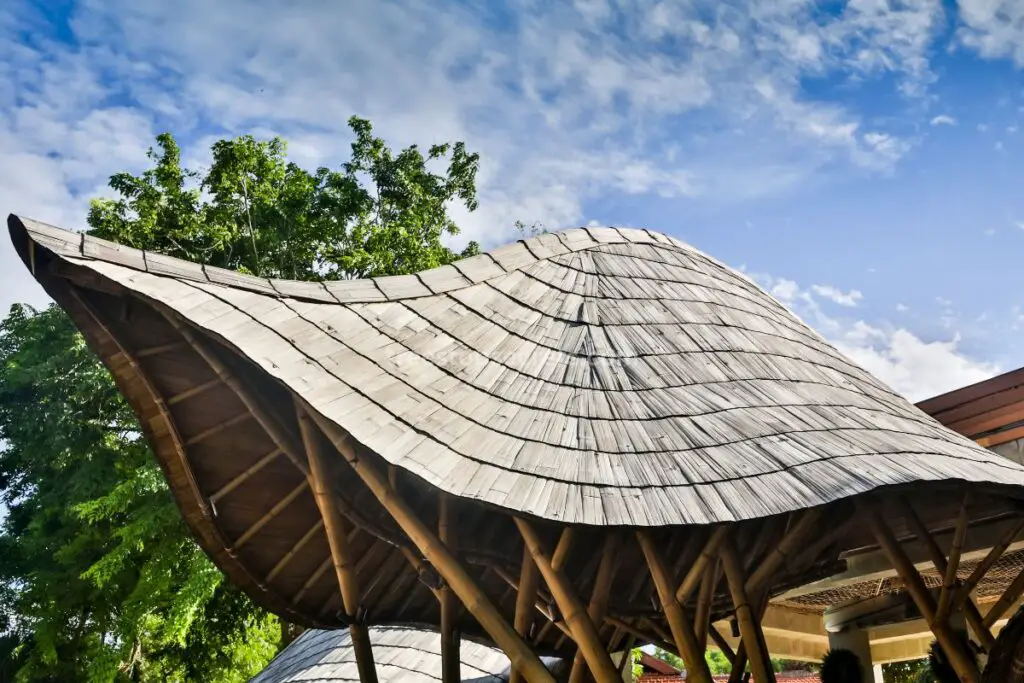
Building Materials
Bamboo is a versatile material widely used in construction for bamboo scaffolding, flooring, and structural components. Its high tensile strength and earthquake-resistant properties make it an ideal choice for various building applications. The light weight of bamboo also makes it suitable for prefabricated structures, allowing for efficient construction processes.
Moreover, the use of bamboo as a building material offers several advantages. For example, its flexibility ensures durability in seismic zones, while its natural growth patterns provide unique variations that add aesthetic value to the structure. Due to its quick growth rate and abundance, bamboo is an eco-friendly alternative to traditional construction materials like wood or steel.
Design Flexibility
One of the key benefits of using bamboo in construction lies in its design flexibility. This natural material can be easily shaped into various forms to meet architectural requirements. From curved beams to intricate lattice work, bamboo's adaptability allows architects and designers to create innovative and visually appealing structures both indoors and outdoors.
Furthermore, incorporating bamboo into architectural designs enhances interior and exterior aesthetics by adding a touch of nature's beauty. It provides a sustainable yet stylish option for creating modern living spaces while maintaining environmental consciousness.
Structural Benefits
The hollow structure of bamboos naturally facilitates ventilation within buildings when used as part of their structure or design elements. This feature contributes to energy efficiency by reducing reliance on mechanical ventilation systems while ensuring comfortable indoor environments.
The plant's high strength-to-weight ratio ensures structural stability without compromising on overall weight-bearing capacity—making it particularly beneficial for constructing lightweight yet durable buildings such as pavilions or shelters.
Bamboo for Household Use
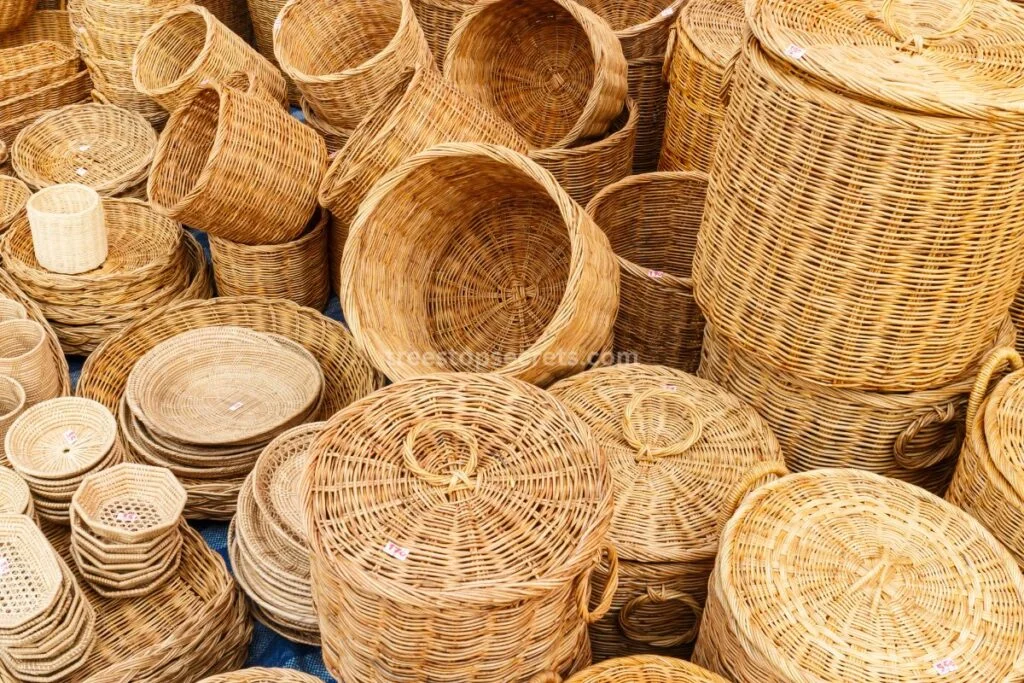
Furniture Crafting
Bamboo is incredibly versatile and is commonly used to create various household items, including chairs, tables, and shelves. Its natural beauty adds an elegant touch to furniture pieces, making them stand out in any home. The material's sustainability also aligns with the growing trend of eco-friendly furniture. For example, bamboo can be crafted into stylish and sturdy chairs that are perfect for indoor or outdoor use.
Crafting furniture from bamboo not only provides a visually appealing addition to homes but also supports sustainable practices. As a renewable resource, bamboo helps reduce the reliance on traditional wood sources for furniture production. This makes it an ideal choice for environmentally conscious consumers who want to furnish their homes with eco-friendly options.
Decorative Items
In addition to its utility in crafting furniture, bamboo is also used to make decorative items such as vases, lamps, and wall art. The plant's versatility allows artisans to create intricate designs and patterns that enhance the aesthetic appeal of these decorative pieces. For instance, intricately woven bamboo baskets can serve as both functional storage solutions and visually appealing decor elements within a home.
Moreover, the natural color variations present in bamboo further contribute to its attractiveness when used in decorative items. These variations add depth and visual interest to products like vases or wall art while maintaining a connection with nature through their earthy tones.
Sustainable Bamboo Products

Eco-Friendly Clothing
Bamboo fibers are revolutionizing the clothing industry. Bamboo pulp is used to produce soft, breathable fabrics that rival cotton and other synthetic materials. These fabrics offer excellent moisture-wicking properties, making them ideal for sportswear and undergarments. Bamboo-based clothing is hypoallergenic, making it suitable for individuals with sensitive skin or allergies. This makes it a perfect choice for eco-conscious consumers who want sustainable alternatives without compromising on comfort and performance.
The use of bamboo pulp in clothing production has gained popularity due to its sustainability and environmental benefits. For instance, bamboo trees require minimal water and no pesticides to grow, reducing the ecological footprint of fabric production significantly. The fast growth rate of bamboo also means that it can be harvested more frequently than traditional timber sources, further enhancing its eco-friendly credentials.
Reusable Tableware
In addition to textiles, bamboo pulp is utilized in creating reusable tableware such as plates, utensils, and cups. These products are lightweight yet durable alternatives to single-use plastic items commonly found in households and food establishments. Moreover, bamboo tableware is biodegradable, meaning it naturally decomposes without leaving harmful residues in the environment.
Bamboo in Food and Agriculture
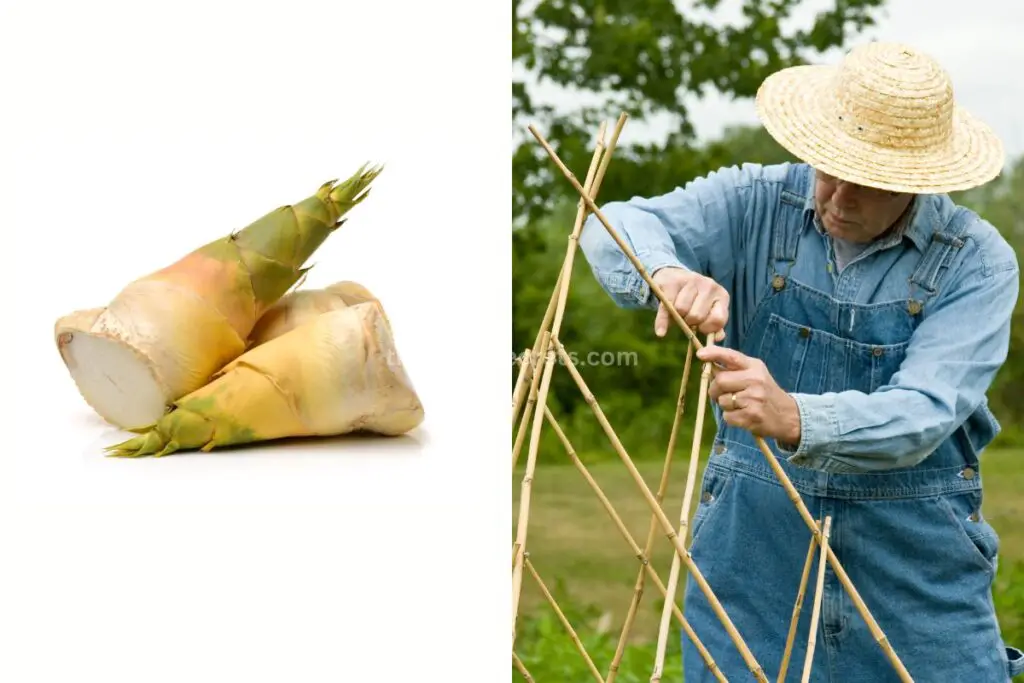
Edible Shoots
Bamboo trees are not just a source of sustainable materials; they also play a crucial role in the food industry. Bamboo shoots are widely used as an ingredient in various cuisines around the world. These edible shoots are not only low in calories but also packed with essential nutrients like fiber and vitamins. For instance, bamboo shoots contain high levels of potassium, which is vital for maintaining healthy blood pressure and kidney function.
Moreover, harvesting bamboo shoots promotes sustainable food sources as it encourages the growth of new shoots. This practice prevents over-harvesting and contributes to the longevity of bamboo forests. By incorporating these nutritious bamboo shoots into different dishes, people can benefit from their healthful properties while supporting sustainable agriculture practices.
Farming Practices
In addition to being a valuable food source, bamboo cultivation supports agroforestry systems that promote biodiversity and environmental sustainability. Agroforestry integrates trees into farming systems, enhancing ecological balance by providing habitats for diverse species while simultaneously benefiting agricultural production.
Furthermore, bamboo farming aids in carbon sequestration through photosynthesis—a process where plants absorb carbon dioxide from the atmosphere and release oxygen back into it—contributing to mitigating climate change effects. The extensive root system of bamboo helps prevent soil erosion by holding the soil together with its network of roots.
bamboo forests provide habitat for diverse wildlife species due to their dense foliage cover and abundant organic matter on the forest floor. This fosters a balanced ecosystem where various organisms thrive within this unique tropical plant environment.
Bamboo as a Renewable Energy Source
Biomass Fuel
Bamboo serves as a renewable energy source through combustion or gasification. When burned, it can be converted into bioenergy, providing sustainable fuel for cooking and heating. The production of bamboo charcoal also contributes to the availability of renewable and sustainable fuel options.
The ability of bamboo to be converted into biomass fuel makes it an excellent resource for addressing energy needs while reducing reliance on non-renewable sources. For example, in many rural areas, where access to traditional fuels like wood or coal is limited, bamboo provides a valuable alternative that helps reduce deforestation and environmental degradation.
In addition to serving as an energy source for households, the use of bamboo-derived biomass fuel has broader implications for mitigating climate change by reducing greenhouse gas emissions associated with traditional fossil fuels.
Biofuel Production
Bamboo's rapid growth makes it suitable for processing into biofuels such as ethanol. This means that the plant can be used not only for its physical properties but also as a raw material for producing cleaner-burning alternatives to fossil fuels. By converting bamboo biomass into biofuels, we can reduce our dependence on non-renewable resources while decreasing harmful emissions.
Biofuels derived from bamboo offer significant environmental benefits by providing a cleaner alternative to conventional transportation fuels. They have the potential to contribute towards achieving sustainability goals by reducing air pollution and minimizing the impact on ecosystems compared to their fossil-based counterparts.
Medicinal Properties of Bamboo
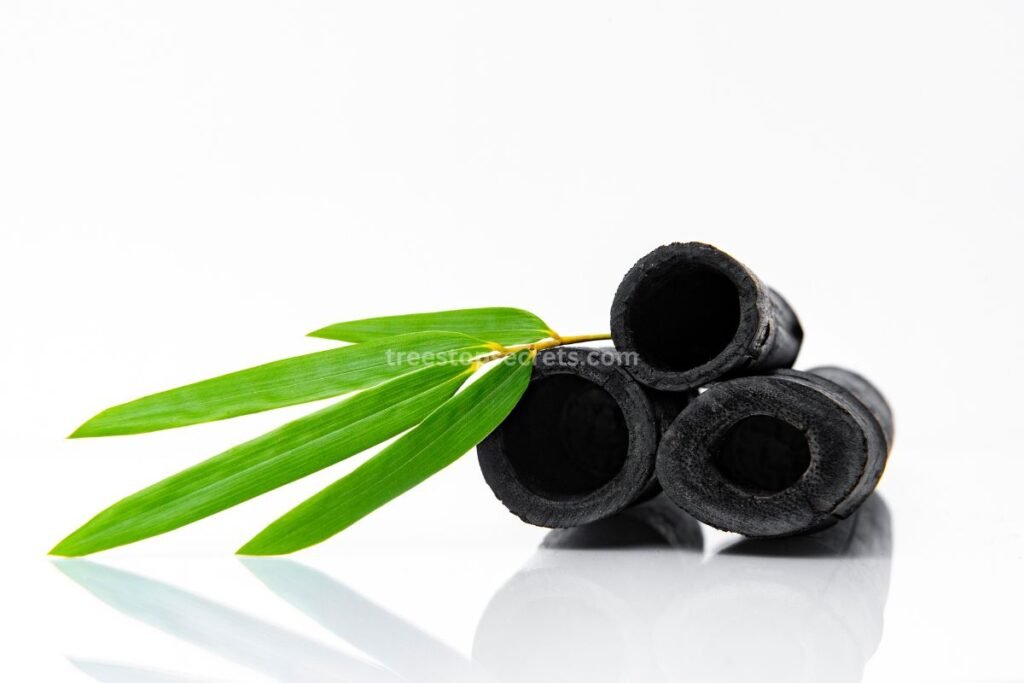
Traditional Remedies
Bamboo trees have been utilized in traditional medicine for centuries. The extracts from bamboo are incorporated into various remedies to address different ailments. Due to its antioxidant properties, bamboo is a key component in health remedies, contributing to overall well-being and holistic healing practices. For example, bamboo leaves can be used to make tea that helps boost the immune system and alleviate symptoms of colds and flu.
Products derived from bamboo such as oils, powders, and tinctures are widely used in traditional medicine for their antibacterial properties. These products aid in treating skin conditions like acne or eczema due to their natural antibacterial effects. Furthermore, the high silica content found in bamboo extracts also makes them beneficial for promoting hair growth and strengthening nails when applied topically.
Health Supplements
Bamboo-derived supplements play a crucial role in supporting various aspects of human health. They provide an abundant source of silica, which is essential for bone health and collagen production within the body. This mineral aids in maintaining bone density and strength while also contributing to joint flexibility and mobility.
Moreover, these supplements support the maintenance of healthy hair, skin, and nails due to their rich mineral content including silica. By incorporating bamboo-derived supplements into one's daily routine, individuals can experience improvements not only on the external appearance but also on internal wellness benefits such as stronger bones and healthier connective tissues.
To sum up: Bamboo trees offer numerous medicinal uses ranging from traditional remedies deeply rooted in cultural practices to modern-day health supplements that cater to diverse aspects of human wellness.
Bamboo in Arts and Culture
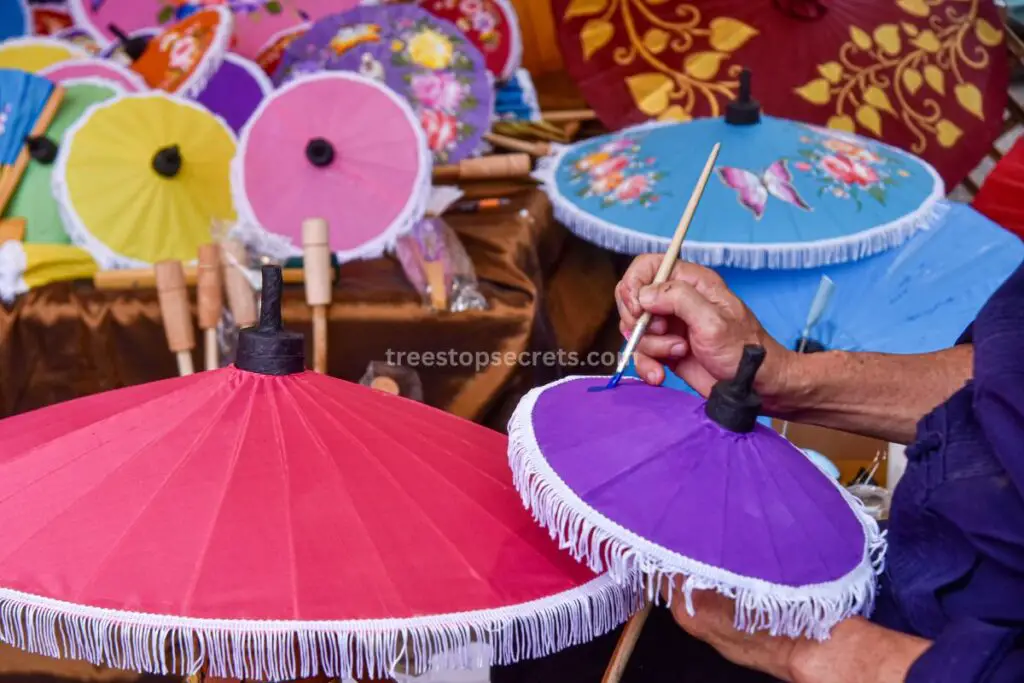
Musical Instruments
Bamboo plays a vital role in the world of music, being used to craft various instruments such as flutes, percussion instruments, and stringed instruments. The plant's resonance qualities make it suitable for musical applications, enhancing the sound produced by these instruments. For instance, bamboo flutes are renowned for their unique warm tones that add depth to musical compositions. Due to its versatility and natural tones, bamboo is highly valued by musicians and instrument makers around the globe.
In traditional Asian cultures like Japan, China, and India, bamboo has been an integral part of musical heritage for centuries. The melodious notes produced by bamboo flutes have been central to ancient folk music traditions in these regions. Moreover, modern musicians continue to embrace the use of bamboo due to its eco-friendly nature and distinctive sound characteristics.
Martial Arts Equipment
Bamboo holds significant importance in martial arts equipment production. It is commonly utilized in crafting training weapons such as staffs and swords due to its exceptional strength-to-weight ratio. This makes it ideal for creating sturdy yet lightweight gear essential for martial arts disciplines like kendo or aikido.
The utilization of bamboo equipment is deeply rooted in traditional martial arts practices across Asia. Its flexibility allows practitioners to perform intricate movements with ease while ensuring durability during intense training sessions or competitions. The incorporation of bamboo staffs or swords adds authenticity and cultural significance to various forms of martial arts worldwide.
Environmental Impact of Bamboo Cultivation
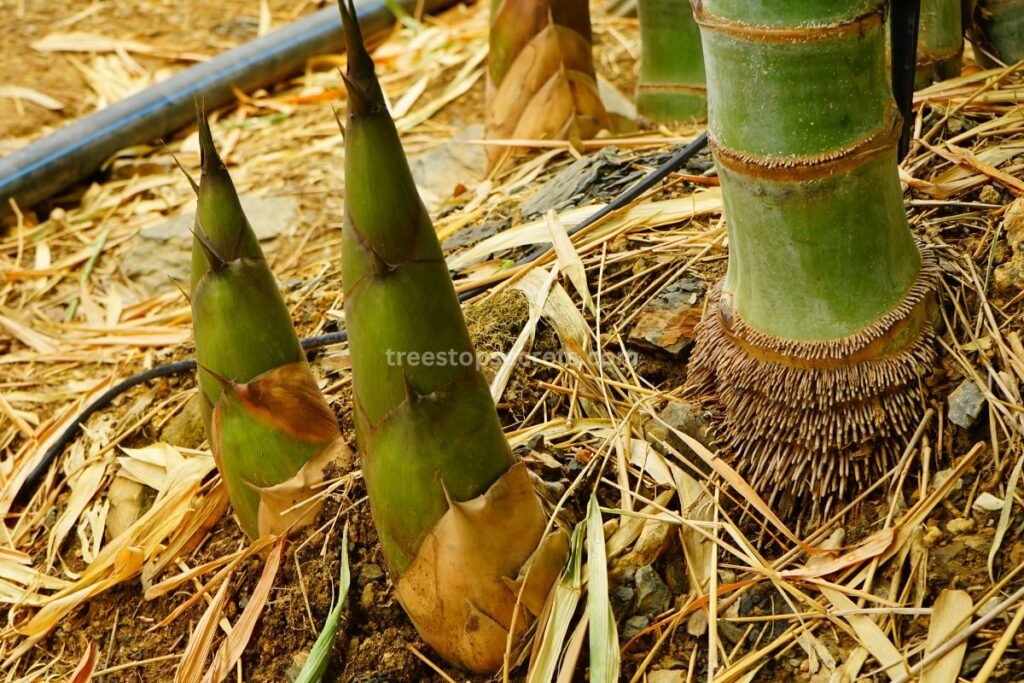
Carbon Sequestration
Bamboo forests play a crucial role in mitigating climate change through carbon sequestration. They absorb significant amounts of carbon dioxide from the atmosphere, contributing to global efforts to reduce greenhouse gas emissions. This means that bamboo helps keep the air clean and healthy for all living things on Earth.
The process of carbon sequestration is like bamboo acting as a sponge, soaking up harmful gases from the air. Just like how we use sponges to soak up spills, bamboo soaks up carbon dioxide and other pollutants, making our planet cleaner and safer for everyone.
Bamboo's ability to absorb carbon dioxide also makes it an essential part of nature's way of balancing out the effects of human activities that release harmful gases into the atmosphere. So when you see products made from bamboo or visit places with plenty of bamboo trees, remember that they are helping fight climate change by absorbing those dangerous gases.
Soil Erosion Prevention
Another important use of bamboo trees is preventing soil erosion. The plant's roots help stabilize soil on slopes prone to erosion by binding soil particles together effectively. Imagine these roots as natural ropes holding onto the ground tightly, preventing it from being washed away during heavy rains or strong winds.
When we talk about land degradation prevention, think about how farmers sometimes use nets or barriers to protect their crops from wind or rain damage—bamboo does something similar but naturally! It acts as a protective shield for our land against erosion without needing any human-made materials.
The Future of Bamboo Usage
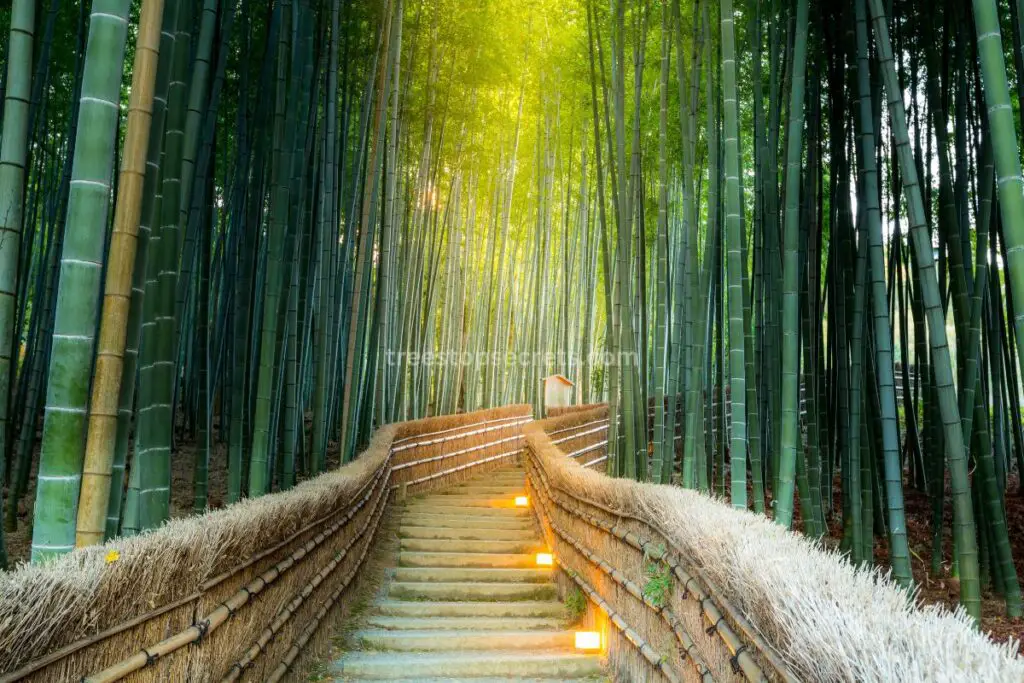
Innovative Textiles
Bamboo trees offer a multitude of uses, especially in the creation of innovative textiles. The fibers extracted from bamboo are instrumental in producing soft and luxurious textiles such as towels and bedding. These materials are not only exceptionally comfortable but also possess natural antibacterial properties, making them an ideal choice for personal and household use. For example, bamboo towels are highly absorbent and gentle on the skin, providing a superior experience compared to traditional cotton towels.
Moreover, the demand for sustainable fabric options has surged in recent years due to increasing environmental awareness. As a result, bamboo textiles have garnered significant attention as they align with this eco-friendly trend. Their cultivation requires minimal water and no pesticides or herbicides, marking them as an environmentally conscious alternative to conventional textile production methods.
These innovative textiles play a crucial role in promoting sustainability across various industries including fashion and home goods. By incorporating bamboo fibers into their products, companies contribute to reducing the ecological footprint associated with textile manufacturing while meeting consumer preferences for environmentally friendly choices.
Green Technology Integration
Another key area where bamboo trees find extensive application is within green technology integration. Bamboo-based composites serve as essential components in green building materials such as panels and boards used for construction purposes. These composites harness the plant's exceptional strength-to-weight ratio along with its flexibility, making them invaluable assets for creating sturdy yet lightweight structures.
Furthermore, the versatility of bamboo aligns perfectly with sustainable technology applications across different sectors ranging from architecture to industrial design. Its ability to grow rapidly without requiring replanting makes it an attractive resource for integrating into various technological innovations aimed at minimizing environmental impact.
In practical terms, green technologies leverage bamboo's eco-friendly attributes by utilizing it as a raw material for creating energy-efficient products like bicycles made from bamboo frames or even electronic devices featuring casings constructed from sustainable bamboo-based composites.
Conclusion
Bamboo is truly a remarkable resource with a wide range of uses, from construction and household products to food, medicine, and even renewable energy. Its versatility and sustainability make it a valuable asset in various industries, offering eco-friendly solutions and reducing environmental impact. As we continue to explore the potential of bamboo, it's essential to support sustainable cultivation practices and innovative applications. Embracing bamboo in our daily lives can contribute to a greener future, promoting biodiversity and mitigating climate change.
Now that you've gained insight into the diverse uses of bamboo, consider incorporating bamboo-based products into your lifestyle. Whether it's opting for bamboo furniture, utensils, or clothing, every small choice can make a difference. By supporting sustainable bamboo initiatives and spreading awareness about its benefits, you can actively participate in creating a more environmentally conscious world.
Frequently Asked Questions
What are the different uses of bamboo trees?
Bamboo trees have various uses, ranging from construction and household items to food, energy source, and medicinal properties. Their versatility makes them valuable for sustainable products, arts and culture, as well as their positive environmental impact.
How is bamboo used in construction?
Bamboo is a popular material in construction due to its strength and flexibility. It's used for scaffolding, flooring, wall panels, and even entire structures. Its sustainability and rapid growth make it an eco-friendly alternative to traditional building materials.
In what ways can bamboo be utilized for household use?
Bamboo has numerous applications in households including furniture, utensils, flooring, textiles (like towels or bedding), decorative items such as vases or lampshades. Its durability and aesthetic appeal make it a popular choice for interior design.
What are some sustainable products made from bamboo?
Sustainable products made from bamboo include clothing fabric like bamboo fiber shirts or socks; biodegradable cutlery; reusable straws; toothbrushes; kitchenware like cutting boards or utensils; and eco-friendly packaging materials due to its renewability and low environmental impact.
Can you elaborate on the medicinal properties of bamboo?
Bamboo possesses medicinal properties that have been traditionally used in herbal medicine across various cultures. It's believed to aid in treating infections, fevers, respiratory issues among other ailments. The plant contains compounds with potential health benefits.
Image Source: Paid image from CANVA

